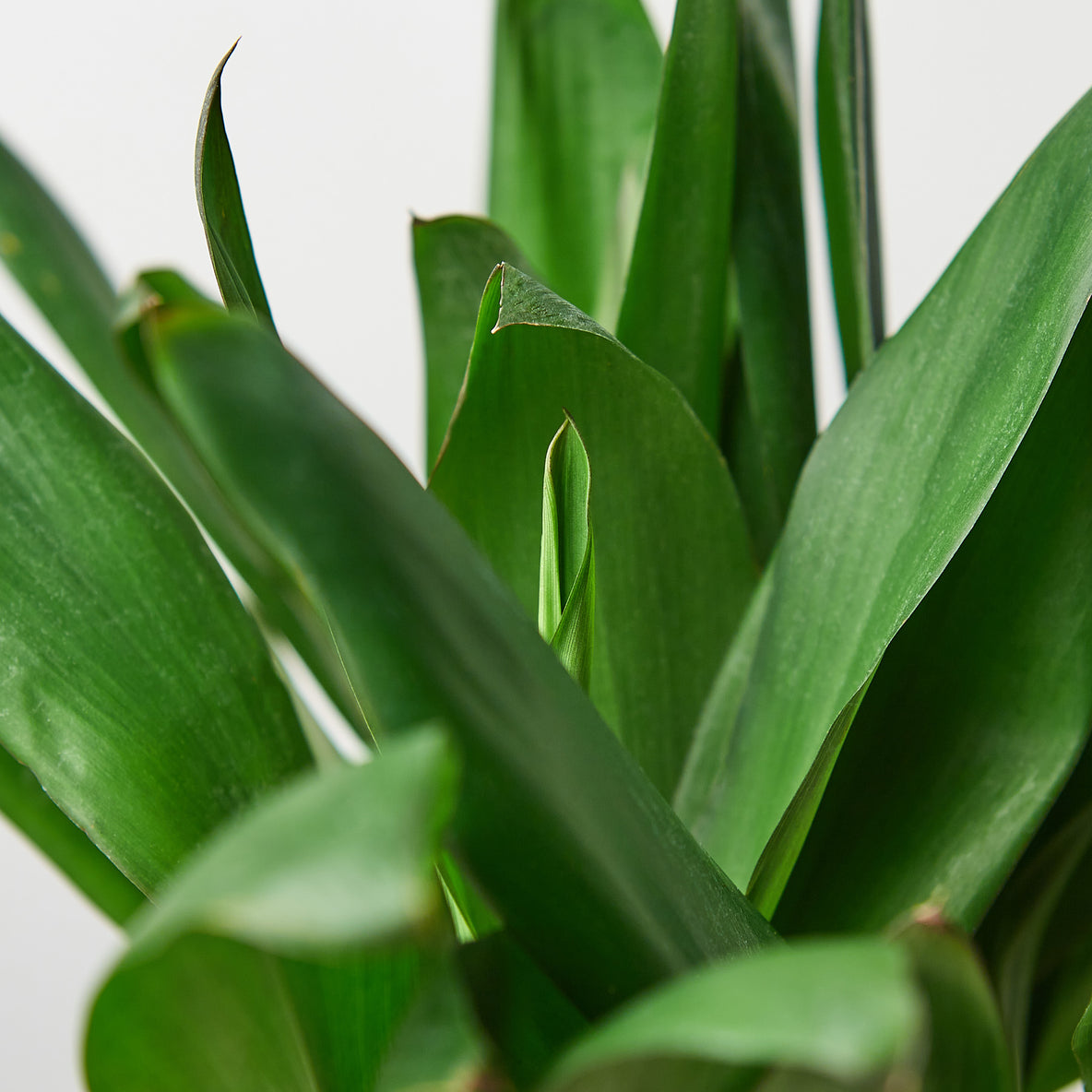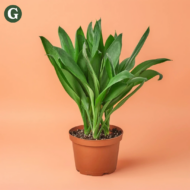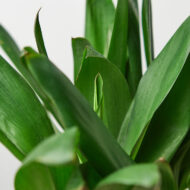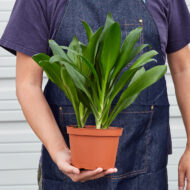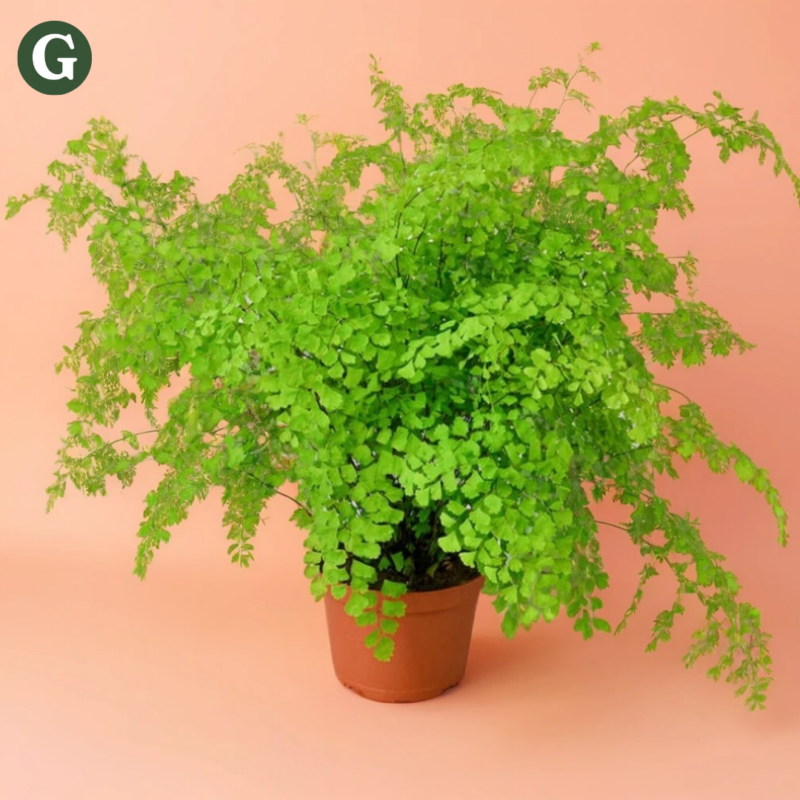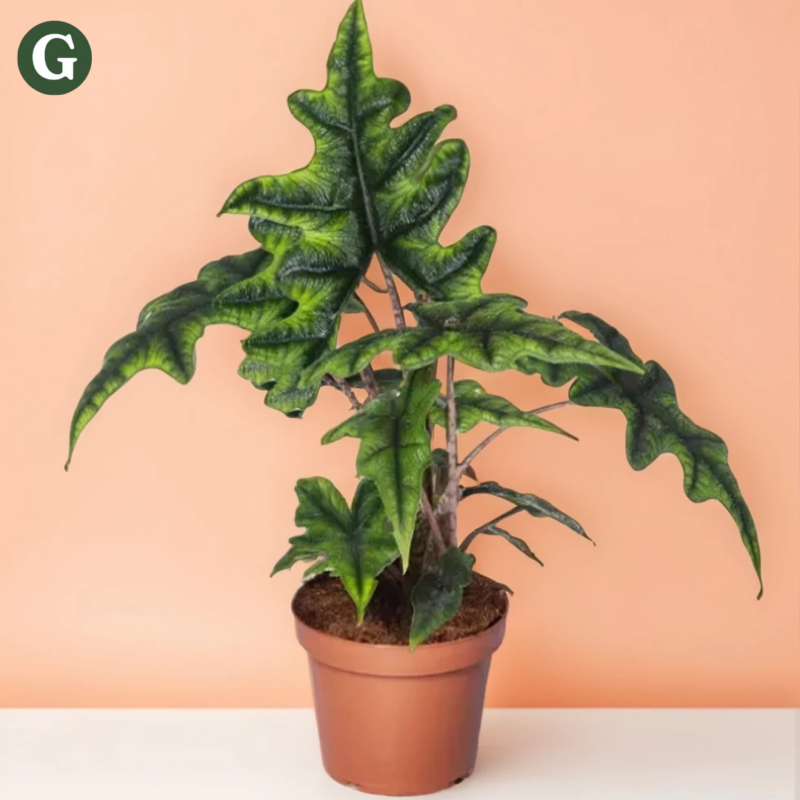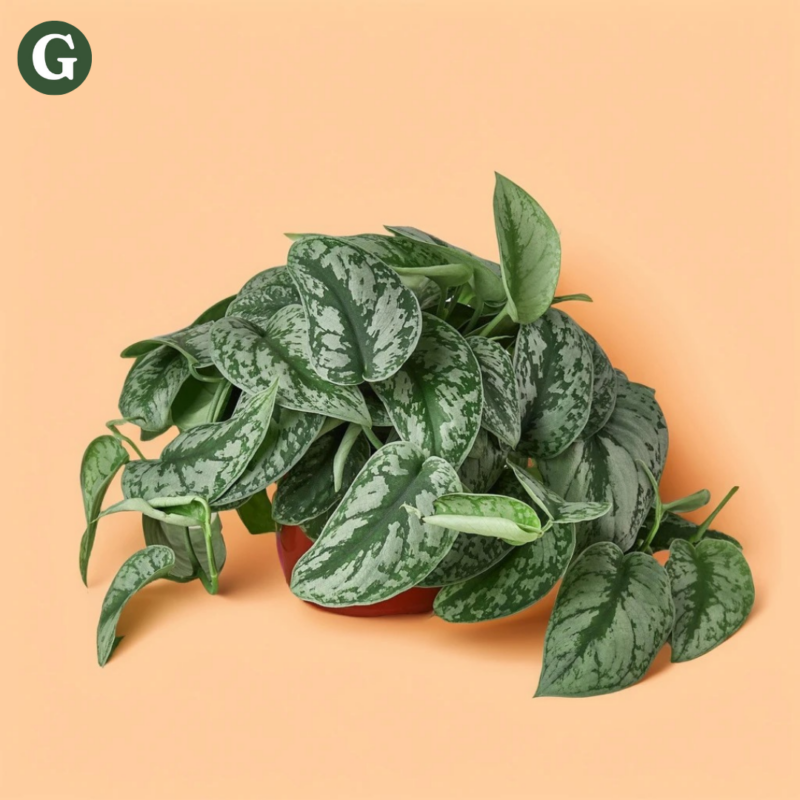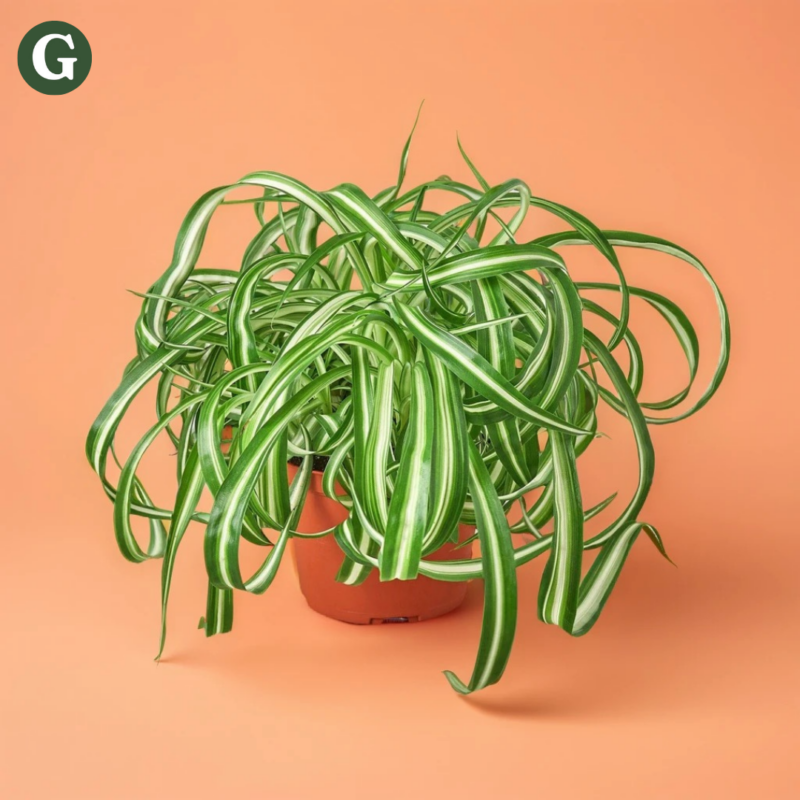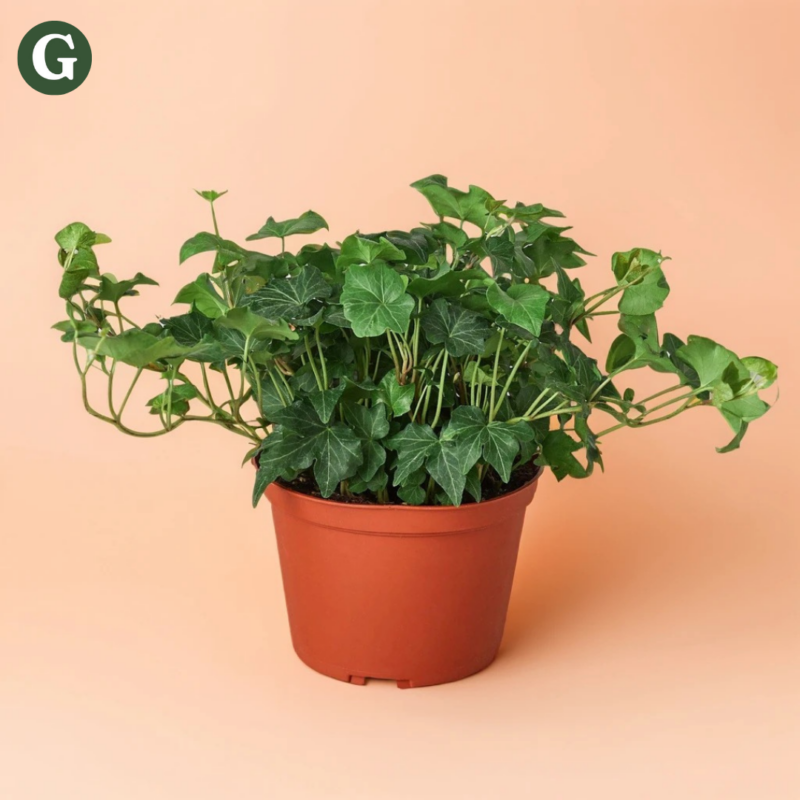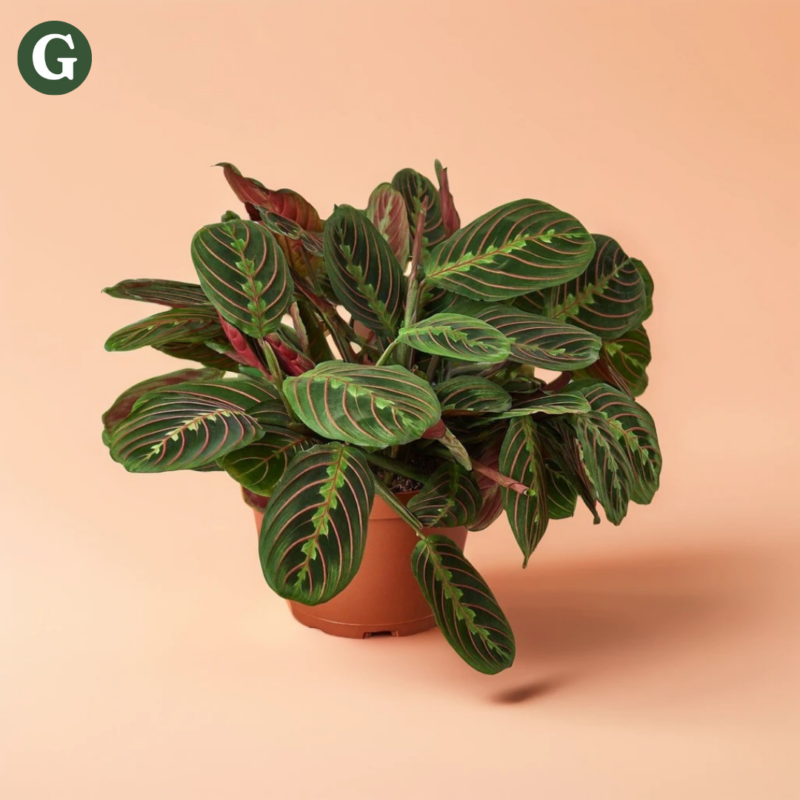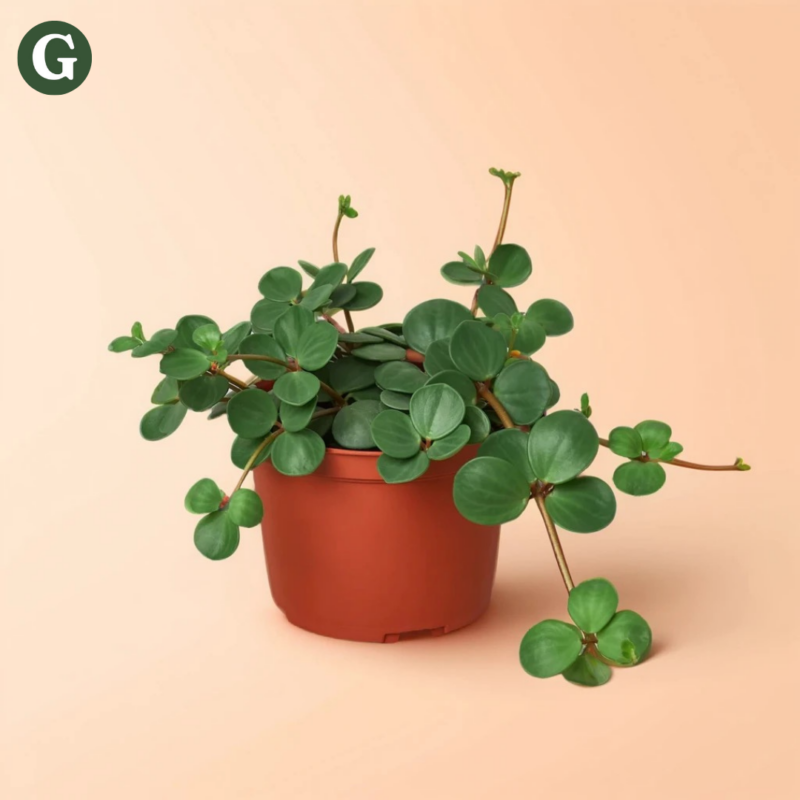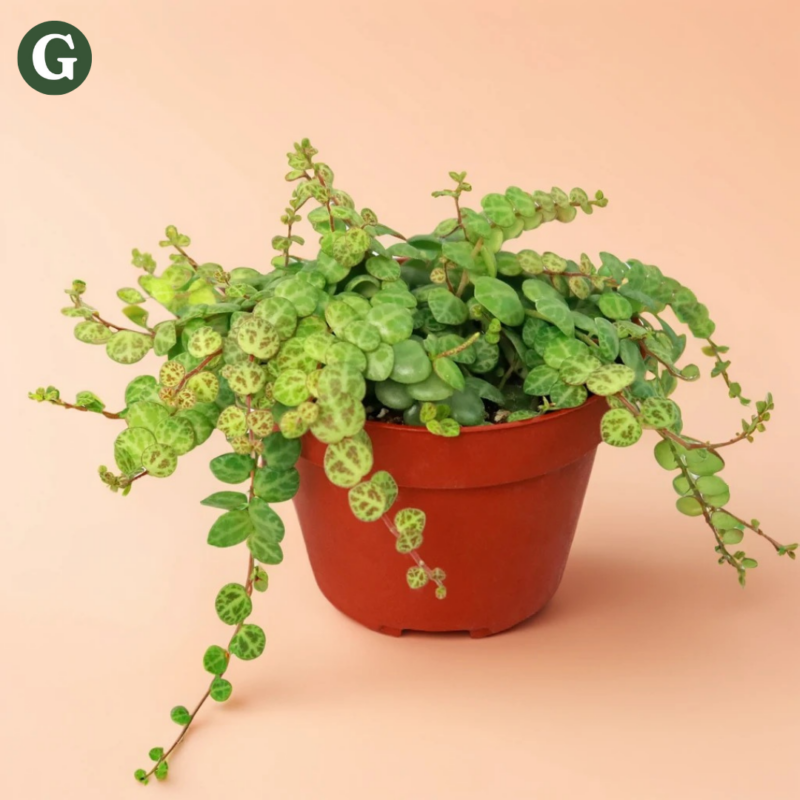Cordyline Glauca
Botanical Name: Cordyline glauca
Common Name(s): Glauca Cordyline, Blue Cordyline
The Cordyline Glauca is a striking ornamental plant that stands out due to its bold, architectural foliage. This species is prized for its long, narrow, lance-shaped leaves that emerge in a distinctive blue-green hue, giving it a unique, almost silvery appearance. The plant’s color intensifies when grown in brighter light, and the foliage takes on a more vibrant blue or silvery-green shade, creating a dramatic contrast in any setting. The leaves are smooth and glossy, adding an element of elegance to the plant's upright, compact growth habit.
Native to tropical regions of the Pacific Islands, this houseplant is well-suited to warm, humid climates but can also thrive indoors when provided with the right care. The plant does best in bright, indirect light but can tolerate lower light conditions, although its growth may slow, and the leaves may lose some of their blue hue.
Ideal temperatures for the Cordyline Glauca range from 65-80°F (18-27°C), and it thrives in high humidity. For indoor environments, the use of a humidity tray can help keep the plant looking its best, particularly in drier climates or during the winter months. This Cordyline variety enjoys well-draining, slightly acidic to neutral soil. It has an upright growth habit, with long, narrow leaves that fan out from a central stem.
This plant is an excellent addition to both indoor and outdoor tropical-themed gardens, offering a sophisticated and dramatic look. This variety can reach up to 6 feet (1.8 meters) tall when grown outdoors. Indoors, it typically remains smaller but still provides an impressive, bold aesthetic.
Note: This plant is toxic to pets and humans if ingested. The sap, berries, and roots contains toxins. Handle with care and keep away from pets and children.
Care Insights & Expert Tips
- Prune regularly: This plant should be pruned regularly to maintain a compact shape and encourage new growth.
- Reduce fertilizing in Winter: During the fall and winter, when the plant’s growth slows down, reduce fertilizing or stop altogether to avoid overfeeding.
- Repotting every 1-2 years: Cordyline Glauca will likely need to be repotted every 1–2 years, especially if it becomes root-bound. Check roots for any rot or diseases.
- Watch for common pests: While Cordylines are relatively pest-resistant, they can occasionally attract mealybugs, spider mites, or scale insects. Inspect the plant regularly for signs of pests, particularly on the undersides of leaves.

Visit our plant care library
Find essential tips to keep your plants thriving, vibrant, and healthy.

